As the name suggests, this type is connected to the grid. It is often known as an inverter, which means it accepts both AC and DC power. A grid-connected inverter is the most versatile and performs various functions, including:
Grid-tied inverters can be a string inverter, a solar optimiser, or a micro inverter. A micro-inverter is a smaller type of inverter and is designed to work with individual panels. The traditional inverter is made to work with a string of modules. Although they are not new (introduced in the late 90s), microinverters have recently gained in popularity.
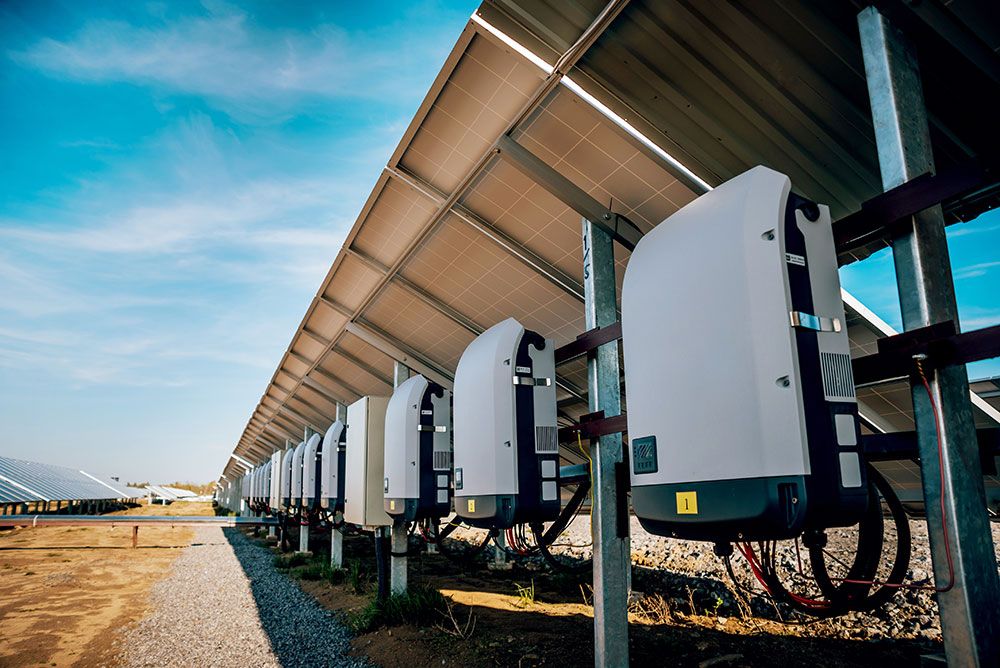
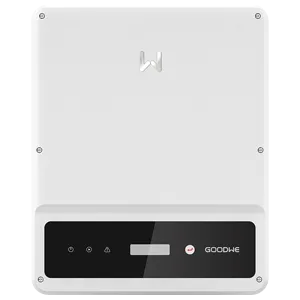




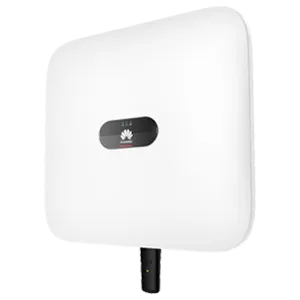

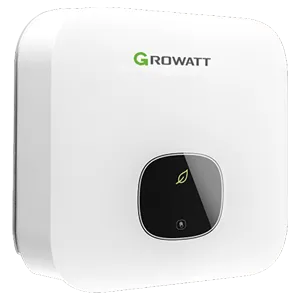


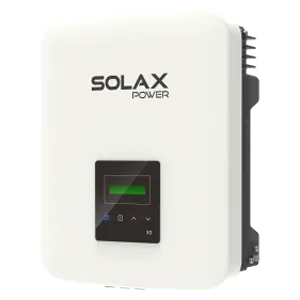
Quality inverters are a must to ensure the longevity of the solar power system. The inverter should:
The most important of all is to ensure that the solar inverter meets the Australian Standard AS4777. It should be one of the Clean Energy Council’s approved inverters.
The different types of solar inverters include:
Battery inverters are also growing in popularity where you have a battery system apart from your solar PV system.
Inverter prices vary widely, depending on their brand, capacity, and features. Usually, you do not buy inverters on their own because they are part of a solar system package. You can assume that the inverter makes up approximately 20% of the quoted price.
Cheaper 5kW inverters cost around $1,000, which are single-phase models. Premium options typically begin at $2,000. A 5kW inverter can carry up to 6.6kW panels, which is often the ideal size for households. Meanwhile, if you have a three-phase system, you will generally pay $400 in the prices mentioned.
You will need to enlist the help of a solar system professional to determine the best size for your home. But the general idea is to ensure the inverter is suitable for the maximum power of your solar system.
Therefore, if you have a 5kW system, you should have 5kW of panels and a 5kW inverter. But inverters are still efficient even if they have up to 25% less capacity than the panels. That’s because of the system losses, which occur in the panels.
The efficiency of the inverter is based on its ability to convert solar power into usable electricity in your home. Grid-tied or grid-connected transformer-based inverters have a 93% efficiency or higher. However, they are not as popular as before, so fewer of them are sold these days. Meanwhile, a transformerless device offers 95% efficiency or higher.
Inverters are best if they are inside the house, particularly in a dry and well-ventilated space. You can place the inverter outdoors but make sure it is weatherproof, especially in grid-connected systems. A weatherproof inverter is typically rated IP65, which means you can install it outdoors despite the harsh weather conditions.
Outdoor installation, however, does not mean the inverter should be placed directly under the sun. It should be in a dust-free area with enough space for proper air circulation.

Copyright © 2024 Easy Solar.